Neotropic Cormorant
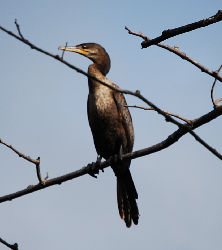
The Neotropic Cormorant or Olivaceous Cormorant (Phalacrocorax brasilianus) is a medium-sized cormorant found throughout the American tropics and subtropics, from the middle Rio ...

The Neotropic Cormorant or Olivaceous Cormorant (Phalacrocorax brasilianus) is a medium-sized cormorant found throughout the American tropics and subtropics, from the middle Rio ...
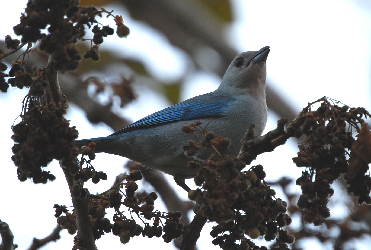
The Blue-grey Tanager is 18 cm long and weighs 35 g. Adults have a light bluish head and underparts, with darker blue upperparts and a shoulder patch colored a different hue of blue. The bill is short and ...
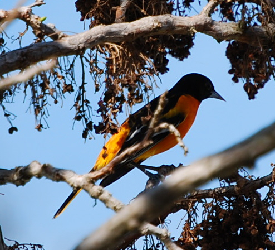
The birds formerly known as the "Baltimore Oriole" in the east and "Bullock's Oriole" in the west were once thought to be separate species. However, when trees were planted in the Great Plains it was found that ...
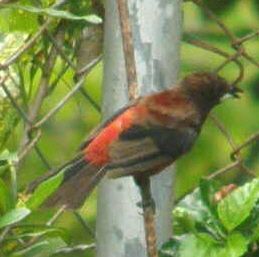
The Panama Audubon Society is reporting hundreds of thousands of birds arriving at sites such as Cerro Ancón and around Summit Park in ...

This two-toed sloth was spotted high up in the trees on the Semaphore Road near the Canal. Sloths weigh in at about 15 pounds and are about 2 feet in length. All ...
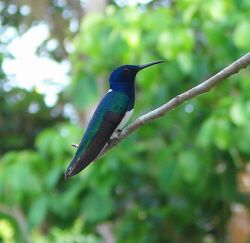
This is a male white-necked Jacobin hummingbird caught sitting still in Gamboa near a feeder at the tram. In addition to their beautiful color they are ...
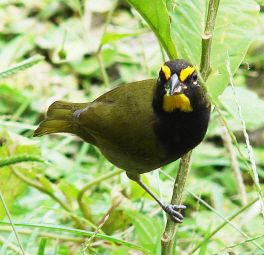
Yellow-Faced Grassquit (tiaras olivacea) is of the sparrow family. It is found in semi-open areas such as low scrub and gardens. It forages on the ...

I’ve seen a flock of Black Bellied Whistling-Ducks around Tortuga Lake for the past few days. They can be seen in the evenings from around 5:30 to 6, as they return ...
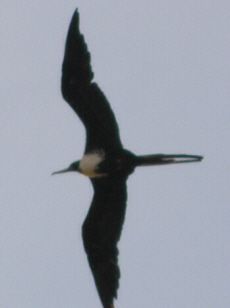
Frigatebird This majestic bird can be seen soaring over most of the Coronado shores throughout the year. It has a narrow but long wing which with ...
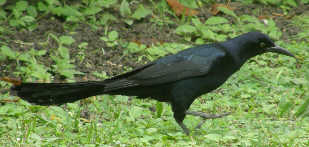
You only need to visit Rey at dusk to see and hear the Grackle. The male (40cm/16in) is black but has a purple sheen to its feathers and the smaller female (33cm/13in) brown but both ...
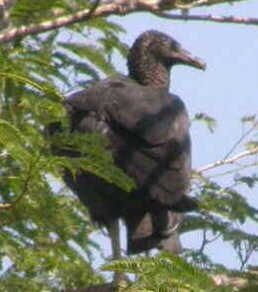
The vultures of Panama number four but the most prolific is the American Black Vulture which can be seen soaring almost any day, any where. They are clumsy on the ground ...

A member of the finch family, the blue black Grassquit is common to most of Panama. The male looks black, but has a mixture of black and dark blue which is difficult to discern ...

This smaller woodpecker is a resident of Coronado and can be heard tapping on dead trees where it makes its nest. It has a black and white flecked back and wings with a ...
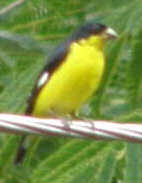
A typical finch, small (10 cm - 4 in), rotund and a short sharp conical beak, the male Lesser Goldfinch has a black head, wings and back. They frequently have random white ...

This small flycatcher (10cm - 4 in) although omni-present in Coronado is difficult to see as its natural habitat is within trees. It is very nervous and wags its tail ...
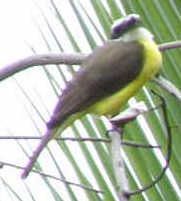
This flycatchwe is a resident of most of Panama and is recognized by its bright yellow breast. Although one of the larger flycatchers (23 cm - 10 in) it is frequently confused with ...

Rails, Coots and Moorhens are all related marsh birds, that tend to have short wings and tails with long legs and large feet. Their habitat is mainly marshland and the Rail ...
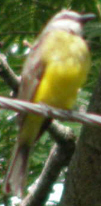
A permanent resident in Coronado that can be seen on power lines, gate posts and trees watching for insects which it takes in flight. An aeronautical gymnast the ...
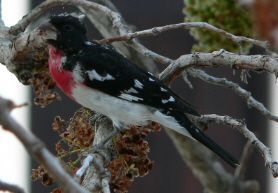
The Grosbeak is a predominantly tree seed and fruit eater and comes to Coronado in the late summer (Feb-Apr) It can be seen in the tree tops gorging itself on small cherry like fruits. The male ...
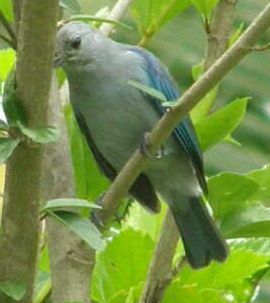
Blue Gray Tanager Probably the most abundant tanager in the Coronado area and can be seen in small groups or alone. These birds have a lighter blue ...

Crimson Backed Tanager Tanagers abound in Panama, in a multitude of colours and at least a dozen of these have red as one of their colours. The ...